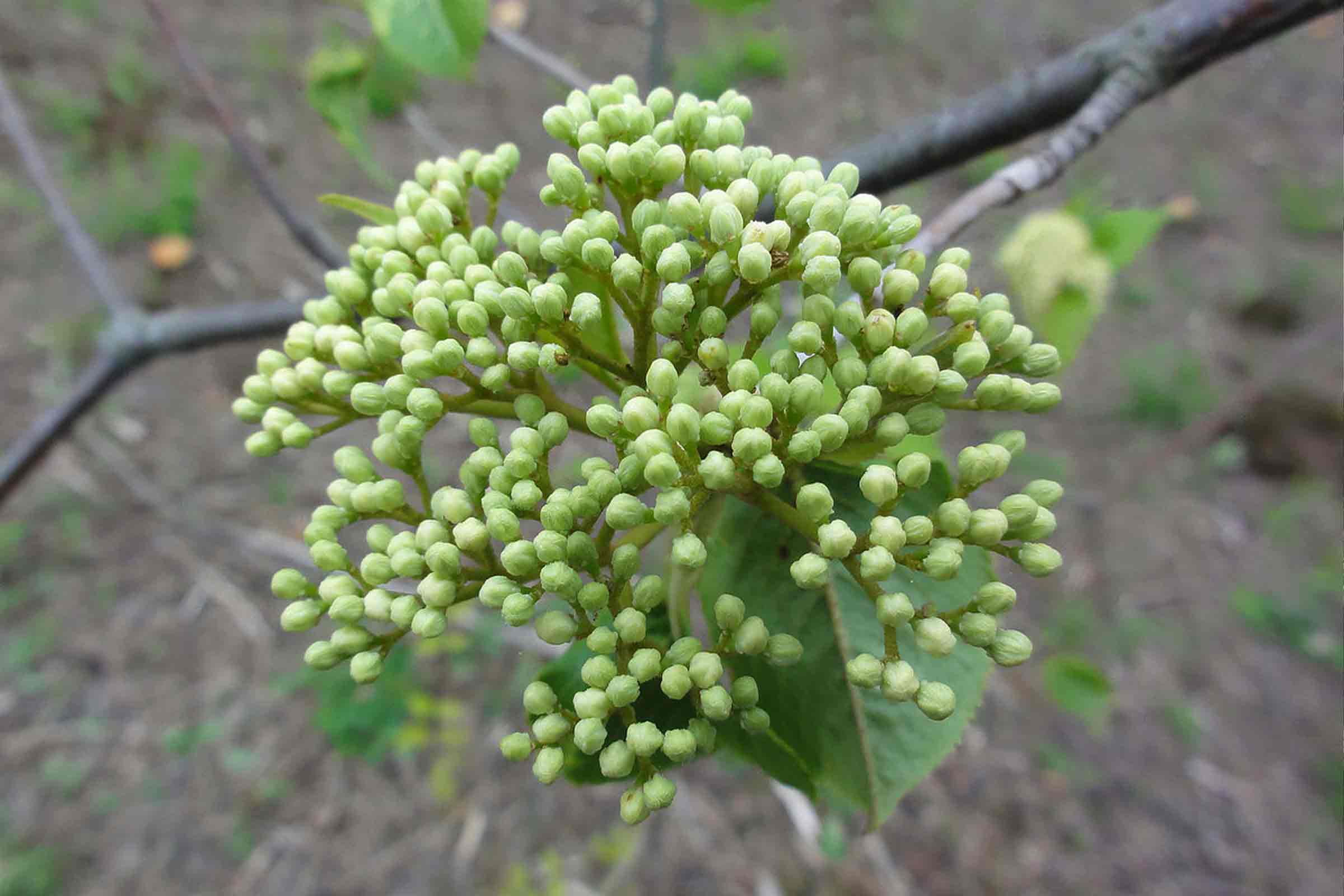Blog
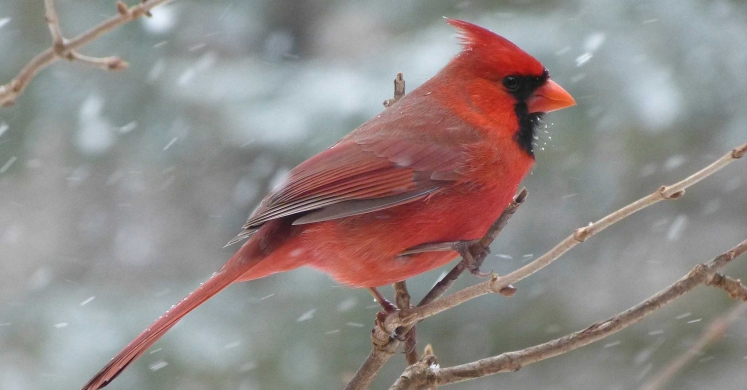
Ask Dr. Phipps: Winter is for the Birds
Q: We plant lots of perennials that have seeds and other features that attract birds. We would like to add more shrubs for the birds, can you suggest some that provide food for birds in the winter?
A: Shrubs can provide needed shelter and food for birds in the winter. Here are 5 plant that produce winter berries for birds.
1. Chokeberrry (Red or Black) – Aronia arbutifolia, Aronia melanocarpa
Red or black chokeberries are a great selection for birds. These shrubs produce flowers in the spring and fruit that birds eat in mid to late winter. The berries are edible, if you want to harvest some for yourself, though they tend to be rather sour and are best eaten as jams and jellies. Chokeberries prefer full sun and tolerate many types of soil. They grow to 3 – 12 feet in height.
Red Chokeberry (Aronia arbutifolia ‘Brilliantissima’) is a Phipps Top 10 Sustainable Plant, 2014
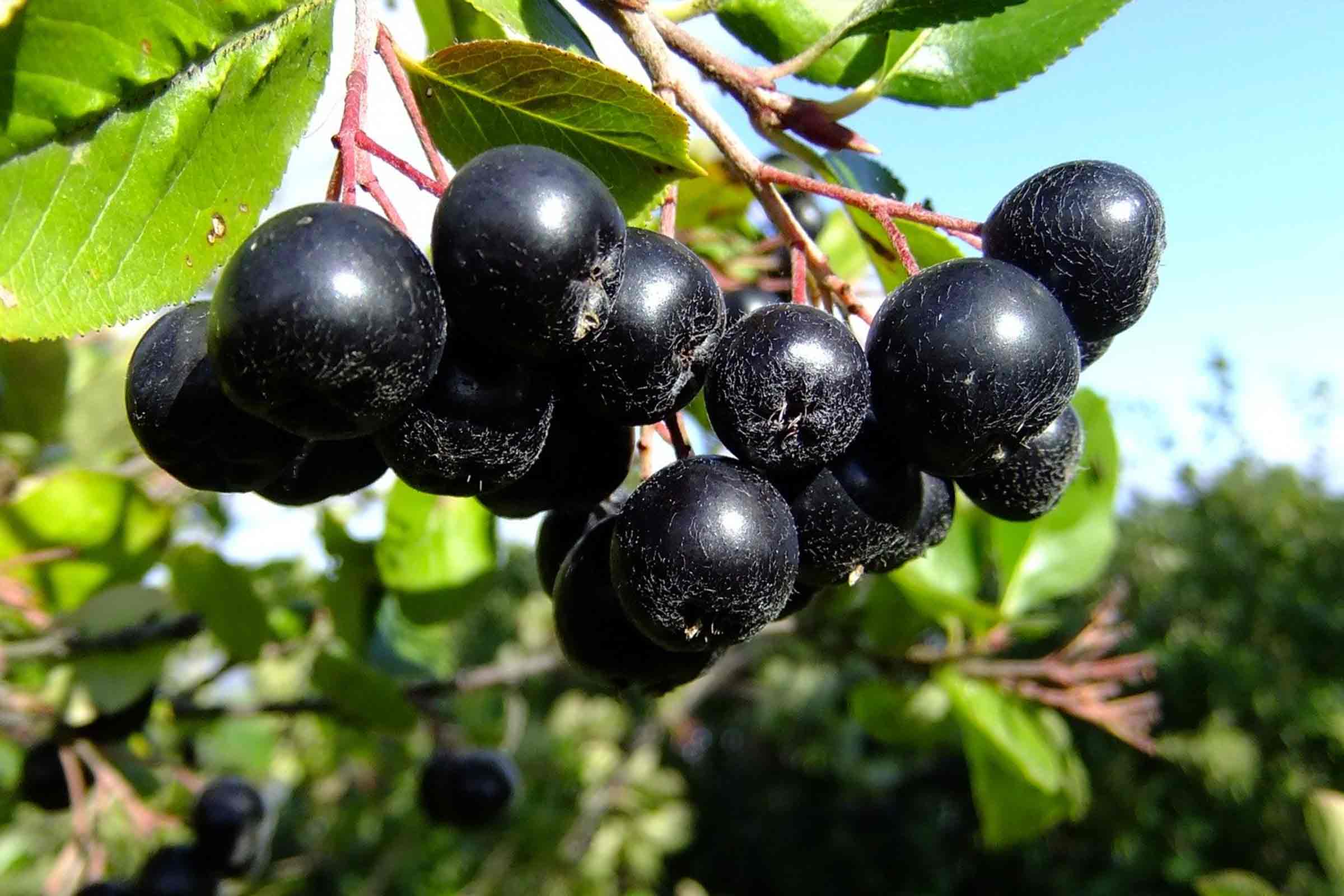
2. Winterberry Holly – Ilex verticillata
Winterberry is a deciduous holly with beautiful red berries that provide wonderful winter interest and food for birds into early spring. The shrub grows between 3 – 12 feet high and wide and prefers full sun to part shade. You will need both male and female plants for fruit production. One male can fertilize up to 10 female plants, but you need both. Be sure to check with nursery staff so you purchase a pair.
A female variety, ‘Red Sprite’ winterberry is a Phipps Top 10 Sustainable Plant, 2008. The male, ‘Jim Dandy’ is recommended for pollination.
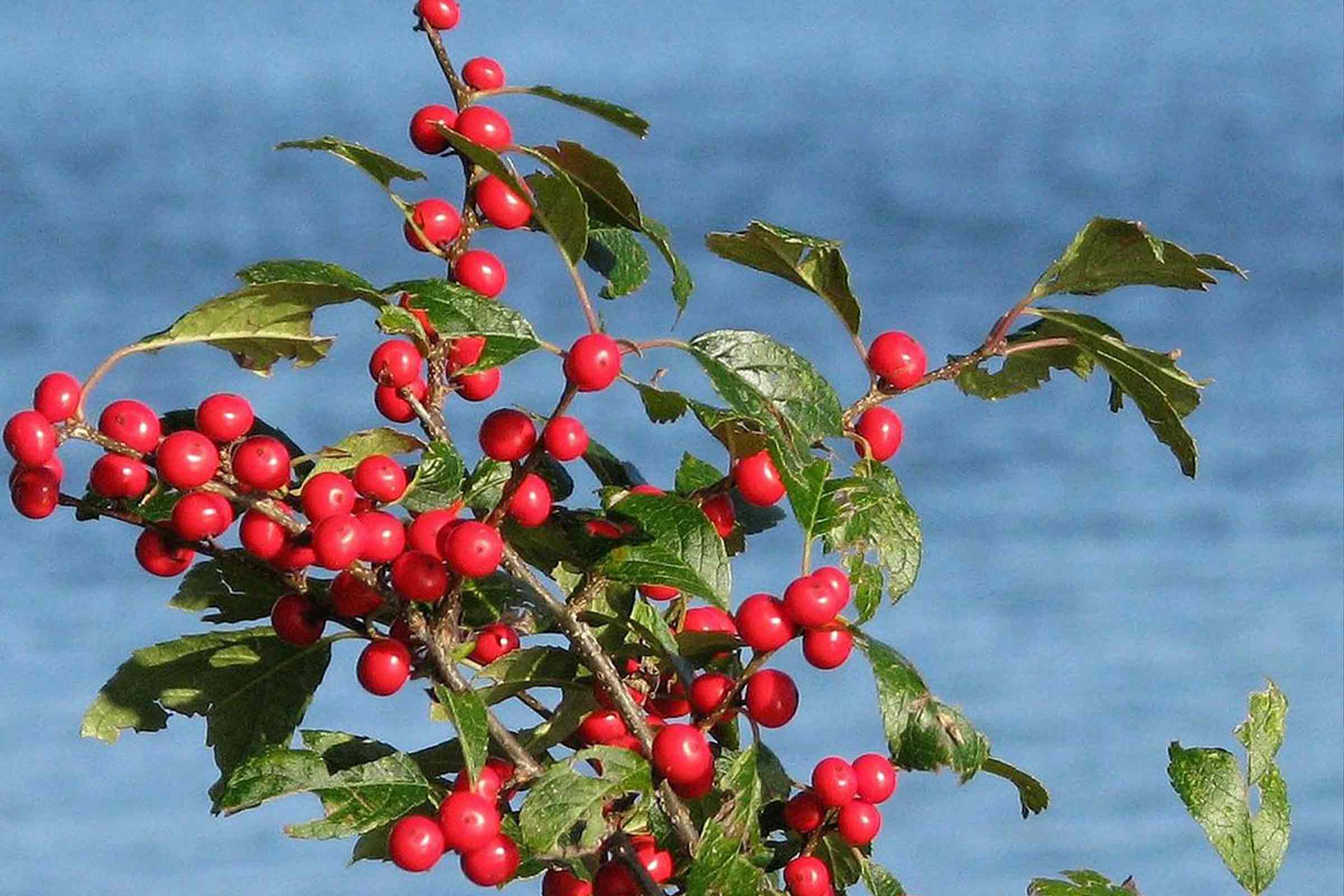
3. Beautyberry – Callicarpa americana
Beautyberry is an accurate name as this plant produces beautiful, purple berries in the fall. These berries persist through early winter and attract birds and butterflies. Deer enjoy the leaves of this plant, so select a protected area of your yard, if deer are a concern. Beautyberry prefers moist, rich soils but can tolerate clay soils; it does well in sunny to partly sunny conditions. This small shrub grows 3 – 6 feet high and wide. Prune in late winter to maintain a compact shape or leave unpruned for a taller, bit wilder shrub.
Beautyberry is a Phipps Top Ten Sustainable Plant, 2015.
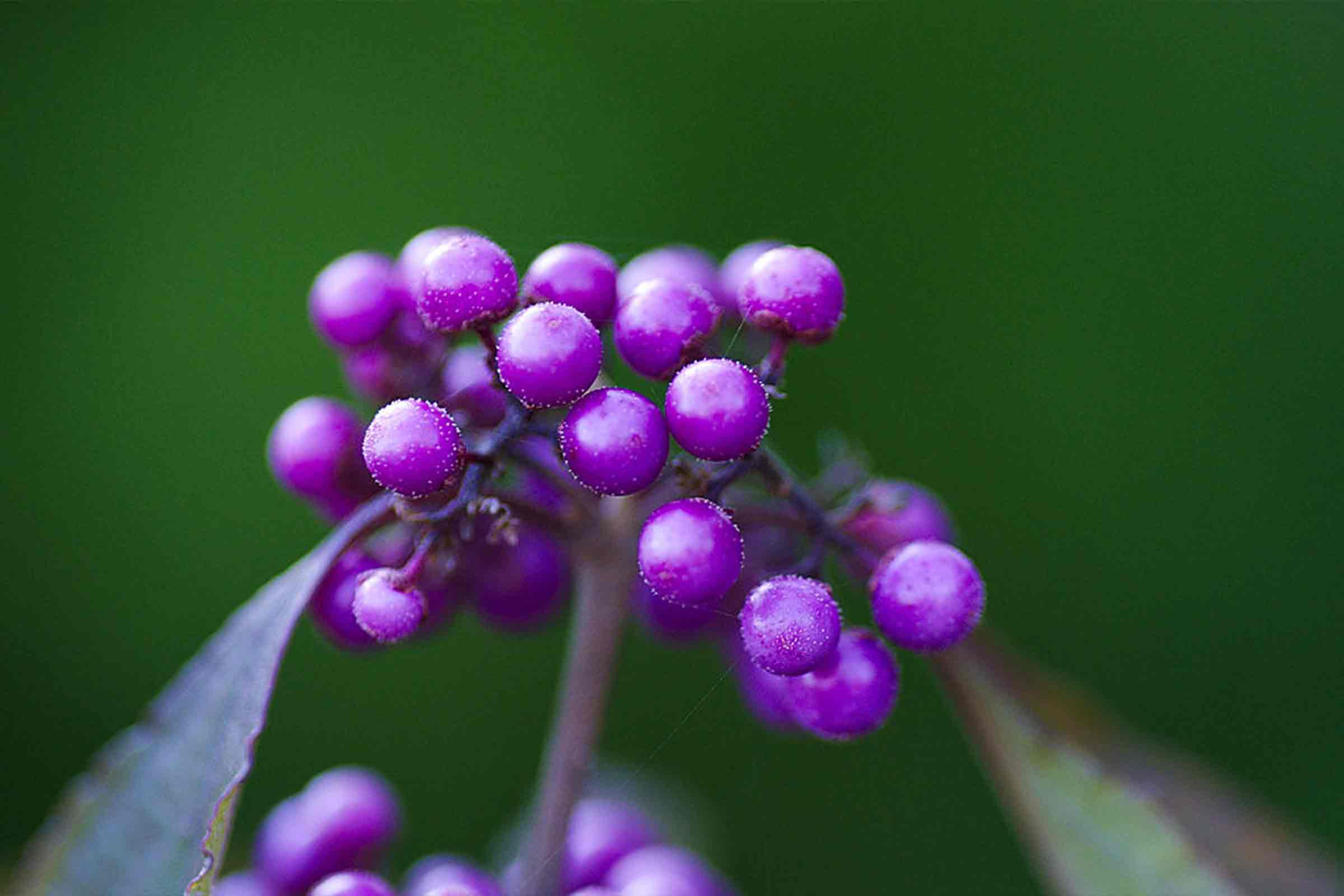
4. Eastern Red Cedar – Juniperus virginiana
This evergreen is a perfect choice for winter interest and food for birds. Select a cultivar to fit your space, as the size of this native plant can range from small shrub to large tree. The grayish blue, berry-like cones show up in the fall and can last through the winter providing an important food for birds. This evergreen is a good wind break or privacy screen and shelter for the birds. Grow in full sun in average, well drained soils. Eastern red cedar is tolerant of deer and drought.
Easter red cedar is a Phipps favorite, selected as a Top Ten Sustainable Plant for 2013 and 2018.
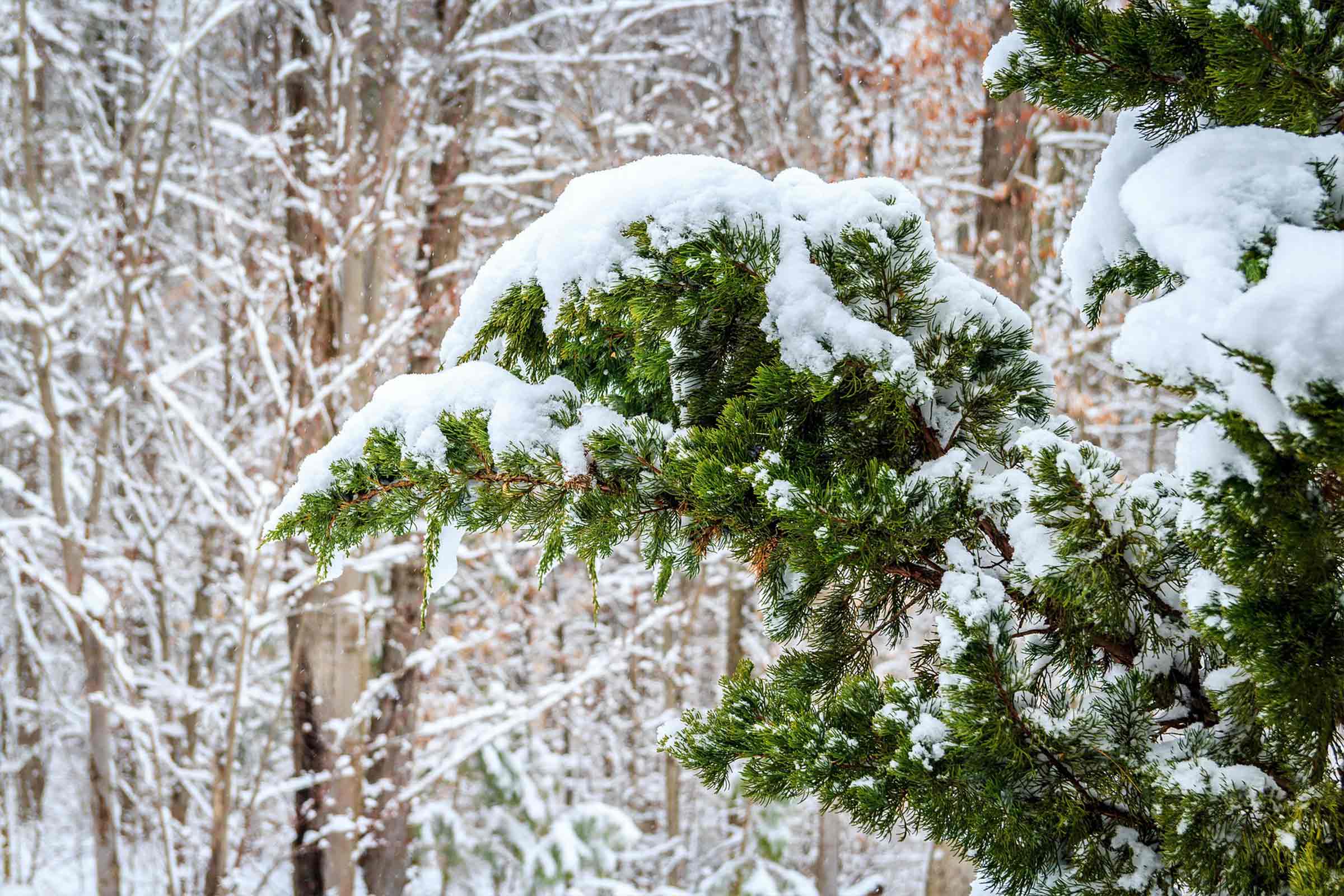
5. Nannyberry Viburnum – Viburnum lentago
Nannyberry viburnum is a large, deciduous shrub or small tree growing about 15 – 20 feet tall and 6 – 12 feet wide. It has white blooms in May that attract butterflies and showy, edible fruit that lasts through December, offering early winter food for birds. Plant in full sun or part shade conditions. Nannyberry viburnum is tolerant of air pollution.
Read here for more ways to support birds in the winter.
